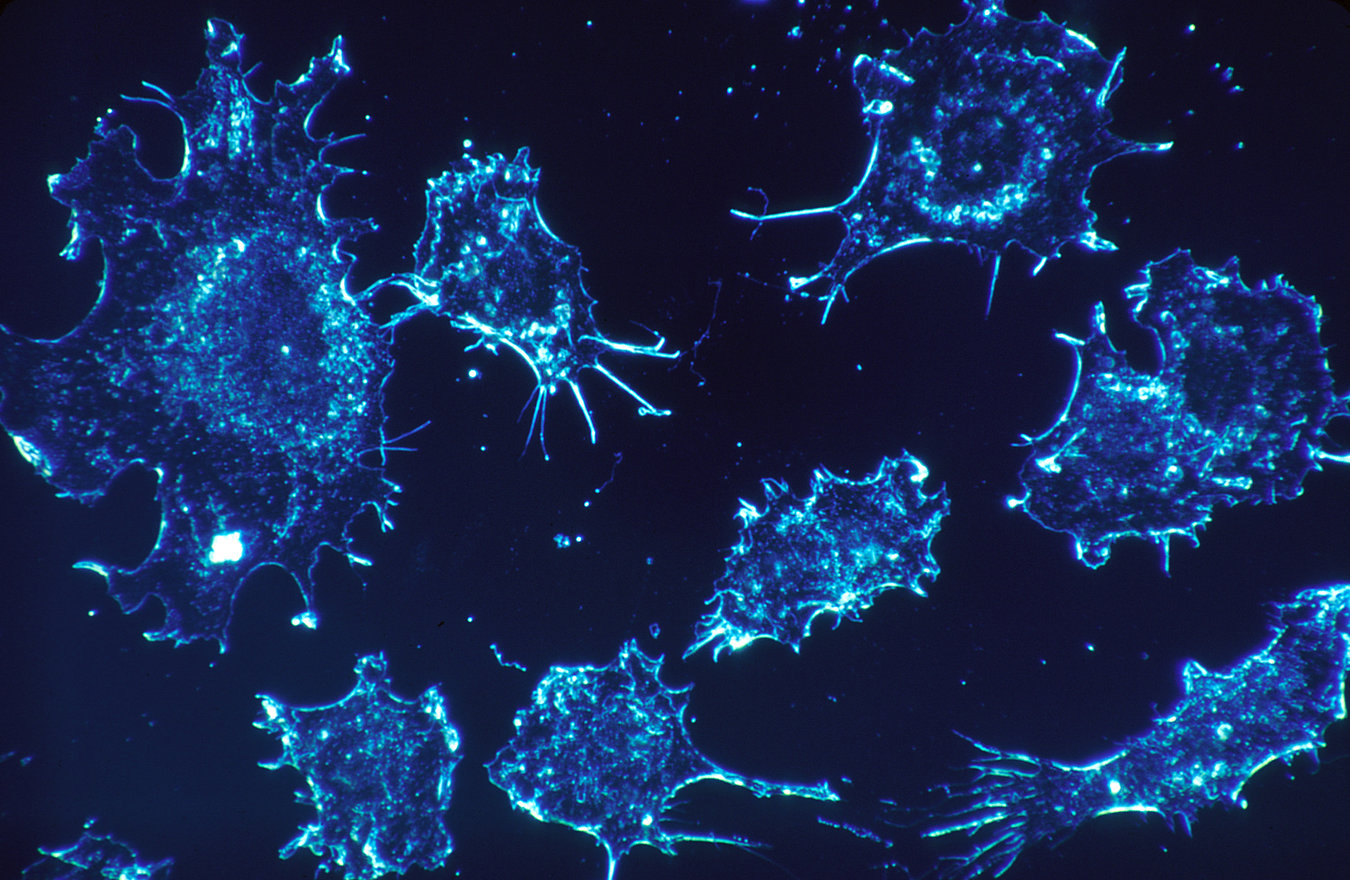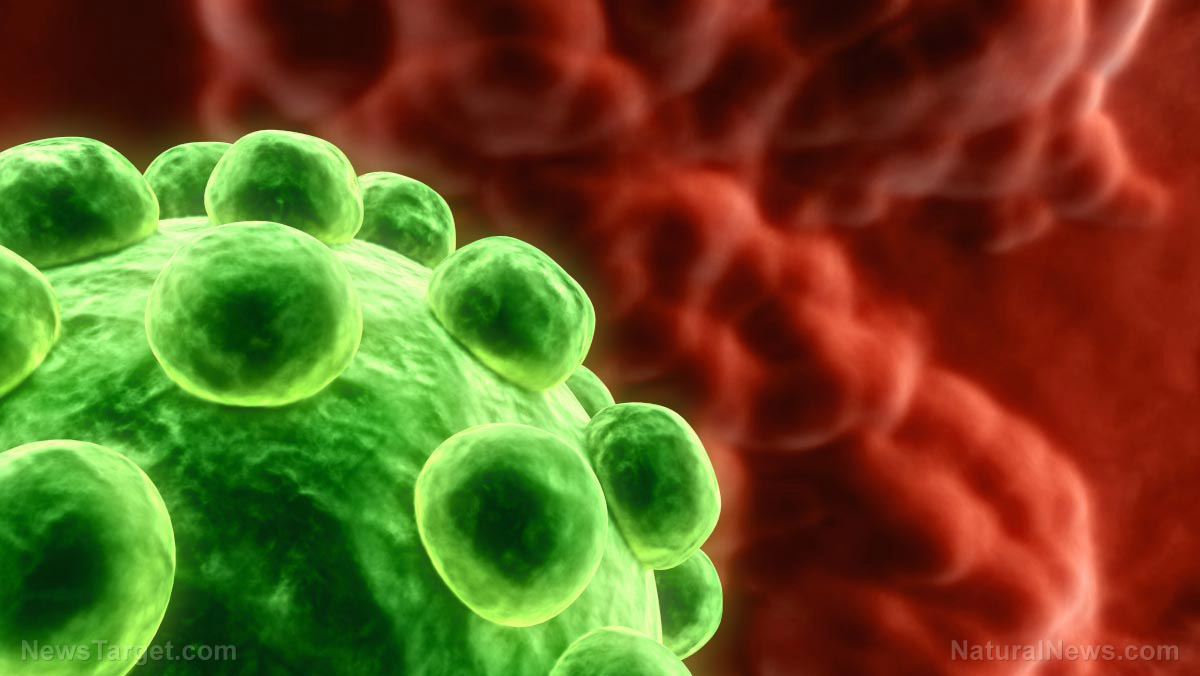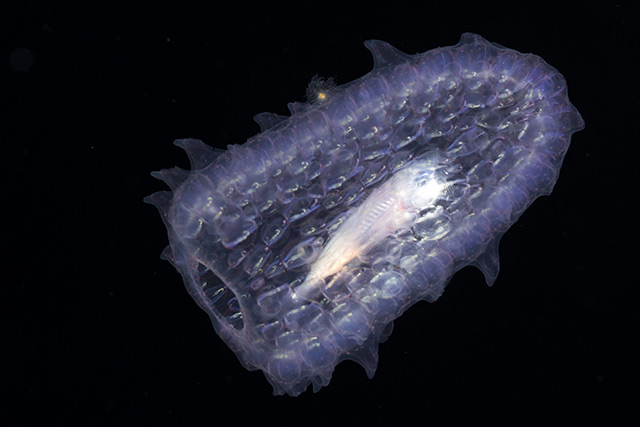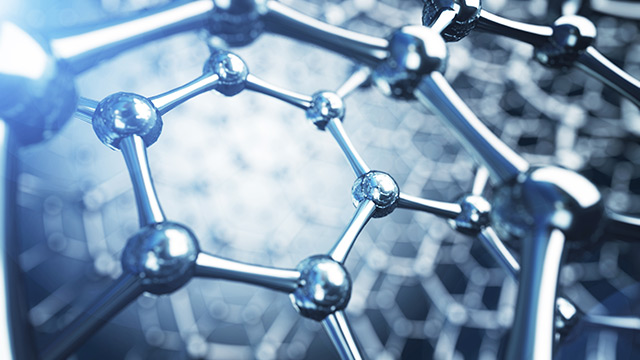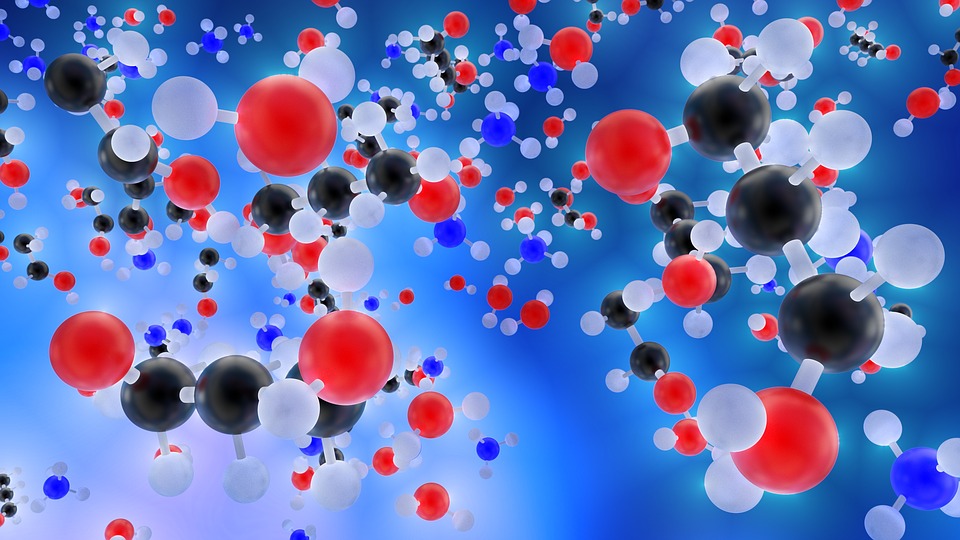Scientists from the University of Surrey in Guildford, England have given rise to “intelligent” nanoparticles which heat up to a temperature that is high enough to eradicate carcinogenic cells but which then control themselves and lose heat before they get hot enough to harm healthy tissue.
This breakthrough is seen as a way to treat patients with cancer via hyperthermic-thermotherapy, researchers said in an article that was published in the journal Nanoscale.
Thermotherapy has been known a long time in the medical world as a treatment for cancer, but there is the danger that using this method can also damage otherwise healthy cells. Cancerous cells, however, can be killed without affecting normal tissue if temperatures can be regulated within a range of 42 to 45 degrees Celsius (107.6 to 113 degrees Fahrenheit).
The zinc-cobalt-chromium (Zn-Co-Cr) ferrite nanoparticles developed for the study are self-regulating; this means that they stop heating themselves when they reach temperatures over 45 degrees Celsius. The nanoparticles also have low toxic levels and are unlikely to cause permanent damage to the body.
“This could potentially be a game changer in the way we treat people who have cancer. If we can keep cancer treatments at at a temperature level high enough to kill the cancer, while low enough to stop harming healthy tissue, it will prevent some of the serious side effects of vital treatment,” University of Surrey’s Advanced Technology Institute head, Professor Ravi Silva, said.
For his part, Dalian University of Technology associate professor Dr. Wei Zhang said: “Magnetic induced hyperthermia is a traditional route of treating malignant tumors. However, the difficulties in temperature control has significantly restricted its usage if we can modulate the magnetic properties, of the nanoparticles, the therapeutic temperature can be self-regulated, eliminating the use of clumsy temperature monitoring and controlling systems.”
“By making magnetic materials with the Curie temperature falling in the range of hyperthermia temperatures, the self-regulation of therapeutics can be achieved. For the most magnetic materials, however, the Curie temperature is much higher than the human body can endure.
By adjusting the components as we have, we have synthesized the nanoparticles with the Curie temperature as low as 34 degrees Celsius. This is a major nanomaterials breakthrough,” Wei added. (Related: Using nanoparticles, in vivo gene therapy activates brain stem cells (press release).)
Researchers at the University of Surrey worked with Dalian University of Technology scientists for this endeavor.
For more stories that detail ways on how to fight cancer and what technological advancements are already in place to fight the dreaded “big C”, visit AntiCancer.news.
Sources include:
HindustanTimes.com
ScienceDaily.com

